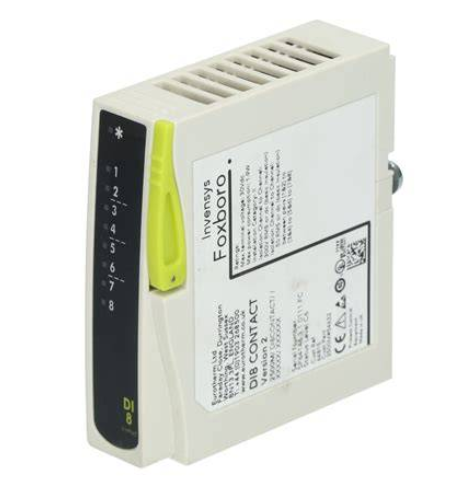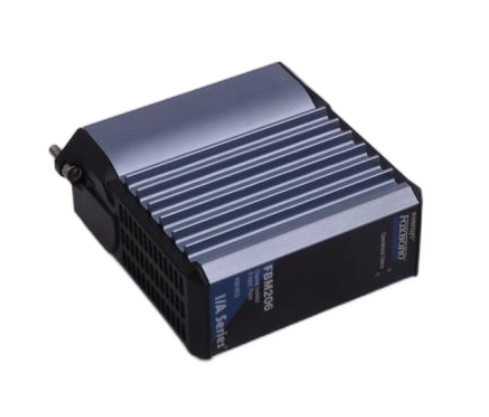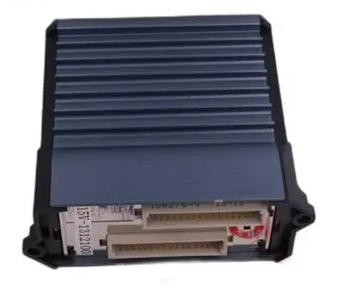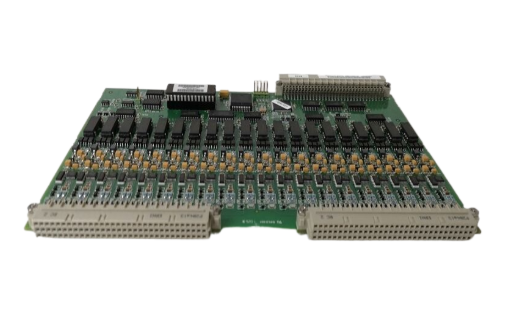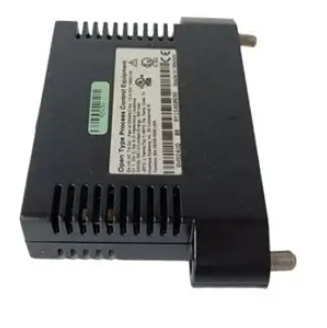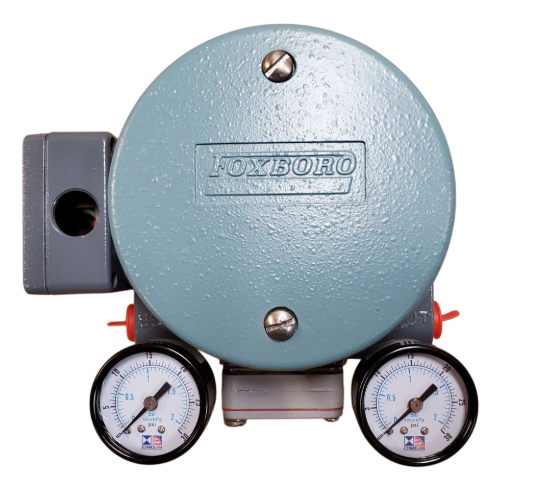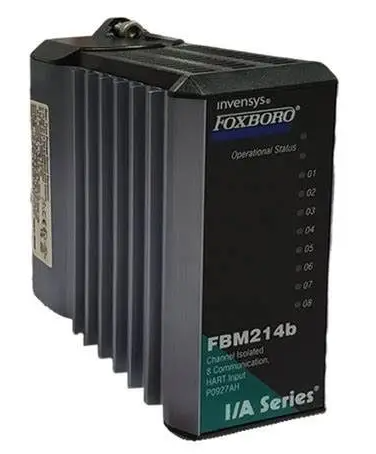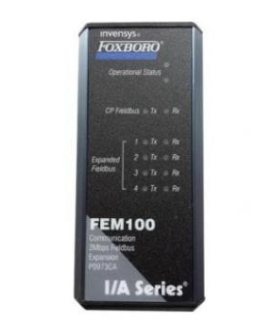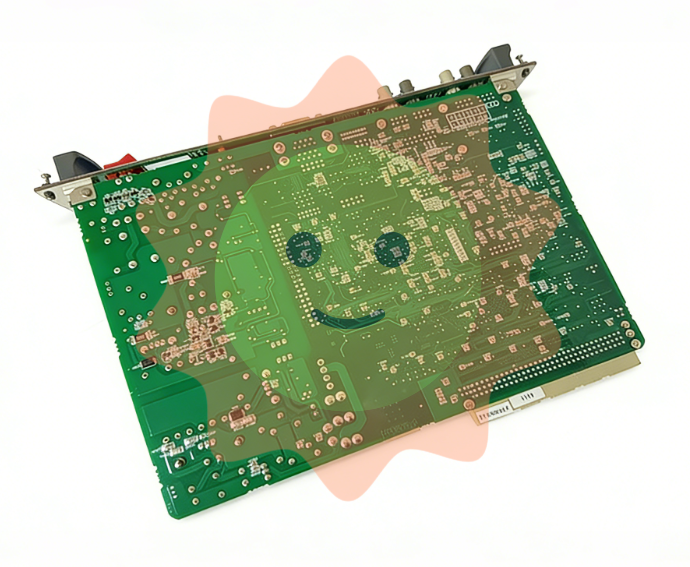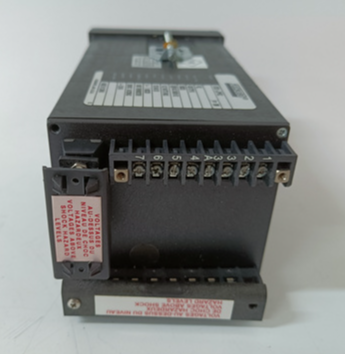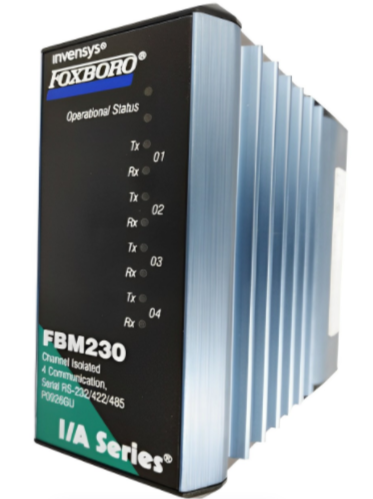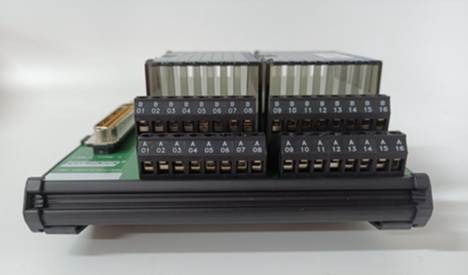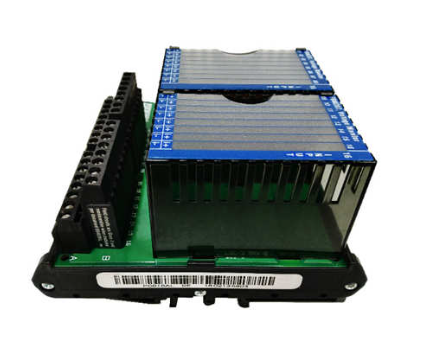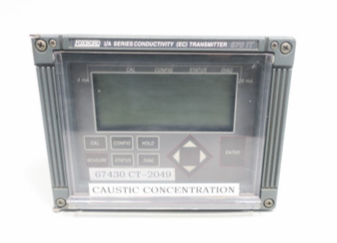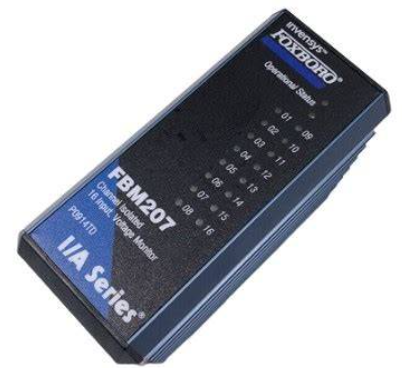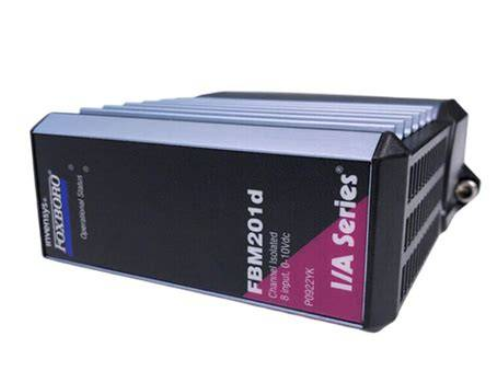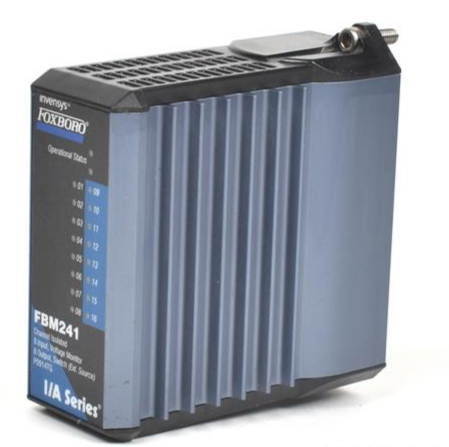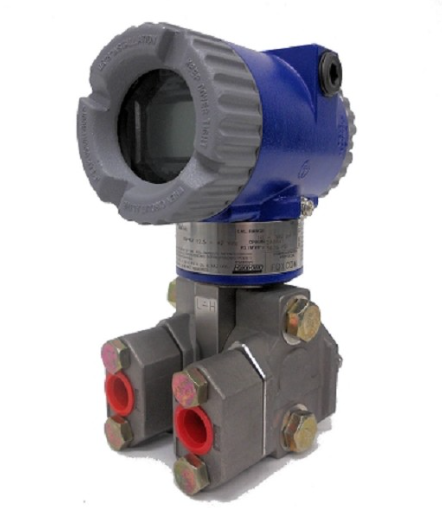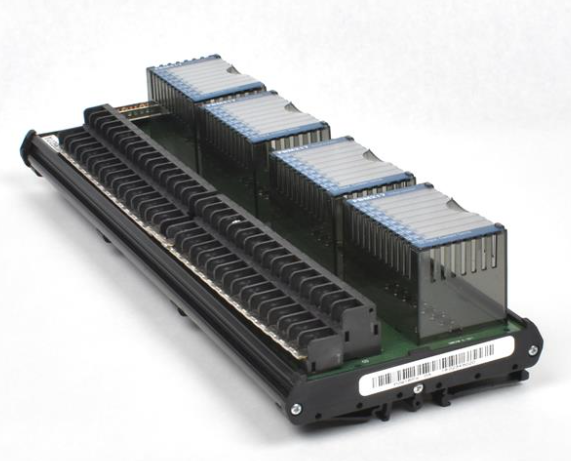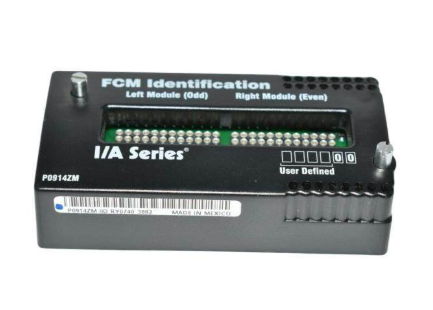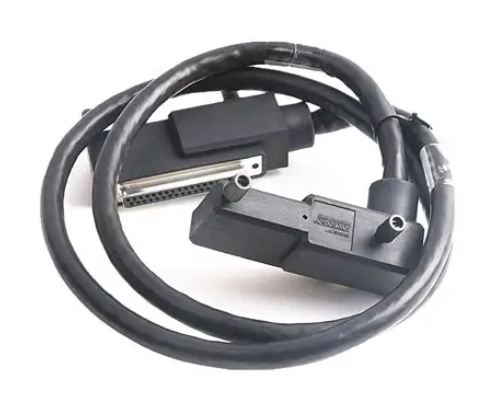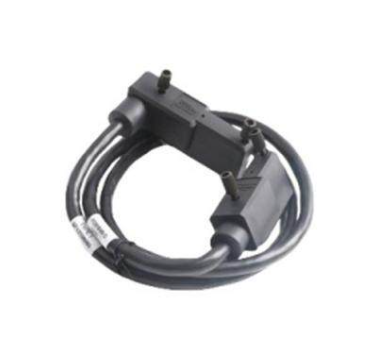The development of the mining industry has encountered a bottleneck. "14th Five-Year Plan" focuses on industrial transformation
1. Green mining construction must start from green mining
CAI Meifeng believes that the development of green mining and the construction of green mines must first start from green mining, and study mining and ecological environment as a large system. Not only the mineral resources are regarded as resources, but also the various elements of the ecological environment such as land, groundwater, vegetation, and atmosphere are regarded as important resources for utilization and protection.
At the beginning of mine construction, it is necessary to fully assess the impact and destruction of the environment and ecosystem that may be caused by mining. Through scientific design and the use of advanced technology, the impact and destruction of ecological environmental factors in the mining process should be reduced as much as possible, and the natural and ecological environment of the mining area should be protected from the source. It is necessary to effectively control the ground pressure activities of mines, maintain the stability of surface and underground rock formations, avoid and control the geological and dynamic disasters caused by mining, such as surface subsidence, mountain collapse, landslide, underground stope roof falling, rock burst, water inrush and so on, and the serious damage caused by them to the native vegetation, water resources and ecological environment system.
"Mining and mineral processing produce a lot of waste rock and tailings, which are persistent and serious sources of pollution." 'The precision cutting method used to mine the ore can reduce the output and discharge of waste rock,' Mr. CAI said. At the same time, the development of new beneficiation process and equipment, improve the recovery rate of beneficiation, thus greatly reducing the discharge of tailings. Minimizing the output and discharge of waste such as waste rock and tailings can shift the control of mine environmental pollution from the traditional end treatment to the source control.
Green mining focuses on the source and front-end. CAI Meifeng believes that the implementation of integrated mining and beneficiation technology, such as pulp transportation technology, the ore is crushed and ground into pulp after pre-beneficiation in the mine, and transported to the surface concentrator by pipeline hydraulic. Compared with other transportation schemes, it has a series of advantages such as low infrastructure investment, strong adaptability to terrain, and no or less land occupation, which is conducive to environmental protection technology. The concentrator is built in the mine, the mined ore is beneficiated underground, and then the concentrate is directly transported to the ground. The waste rock and tailings generated by the beneficiation are left in the mine for goaf filling, realizing in-situ utilization, and reducing the pollution and damage to the ecological environment after discharging from the ground. Moreover, underground mineral processing saves the cost of land acquisition, plant construction and tailings pond management, and eliminates the root cause of various natural disasters in tailings ponds. This is an important measure to give full play to the comprehensive benefits of the green and efficient development of mineral resources.

The accumulation of solid waste occupies a large amount of land and destroys forests, vegetation and landforms; The disordered discharge of waste rock and tailings will clog up river channels and pollute water bodies, which will do great harm to mine ecological environment and human health and survival. Therefore, it is of great significance for environmental protection to realize large-scale resource utilization of waste, digest and dispose of accumulated waste, and greatly reduce future emissions and storage. "As far as possible, we can recycle and effectively use the waste that is inevitably generated in situ. For example, in underground mines, the waste rock generated by mining and the tailings generated by beneficiation are used to fill the underground goaf, which will play an important role in maintaining the stability and safety of the underground stope, while avoiding and controlling the pollution and harm caused by waste discharge to the environment and ecology."
"Mine and surrounding environmental pollution and ecological damage caused by mineral resources development, the traditional mining model adopts the method of end-treatment, which has a large workload and poor effect." To this end, it is necessary to carry out activities to protect the ecological environment of mines, such as land reclamation, afforestation and prevention of soil erosion, in parallel with mining. If the ecological environment is seriously damaged after the mining is finished, the cost will be too high and the effect of restoring the natural ecological environment will not be achieved." CAI Meifeng said.
2. Mine ecological environment protection and restoration must be carried out simultaneously
Before mining, the possible impact and damage to the environment and ecosystem caused by mining excavation should be fully assessed, including the surface natural and ecological environment system, vegetation system, hydrological system, building facilities, etc. It is necessary to avoid the possible influence and damage through scientific design, and protect the natural and ecological environment of the mining area from the source.
CAI Meifeng pointed out that the open-pit mining should always put the stability maintenance of stope and dump slope in the most important position, and take effective monitoring and control measures to avoid the occurrence of slope landslide, tipping, collapse, debris flow and other disasters. These accidents will cause devastating damage to the natural ecological environment, vegetation, building facilities and people's living environment. In the process of underground mining, it is necessary to use filling method and other means to deal with the goaf well, effectively monitor and control the mine pressure activity, and avoid the occurrence of serious environmental damage disasters such as roof collapse, roof collapse, surface subsidence and breaking through caused by the existence and instability of goaf.
"Open-pit mining has a large impact on the environment and can cause many types of disasters. From the perspective of environmental protection and ecology, open-pit mining should be changed to underground mining as much as possible." CAI Meifeng said.

Land reclamation is the main measure of mine ecological restoration, which serves the two goals of environmental remediation and agricultural land protection and restoration.
CAI Meifeng said that land reclamation technology can be mainly divided into physical engineering technology, chemical technology and biotechnology three categories. Physical engineering technology is the main means of mine environment and land regulation. Including: surface shaping engineering. Some measures such as filling, backfilling, stacking and leveling are adopted to sort out and repair the terrain and landform of the reclaimed land, so that it can meet the requirements of the natural environment of the mining area and the use of the reclaimed land. Dig deep and pad shallow works. The large area of local water subsidence is dug deep for fish farming, lotus root planting, etc., and the excavated soil is used to pad the small area of subsidence to form agricultural land. The simple planting agriculture before subsidence will be transformed into ecological agriculture combining planting and breeding. Tailings reclamation project. Tailings belong to inorganic substances, do not have basic fertility, can be treated with soil covering, soil mixing and other methods for land reclamation, vegetation greening. There are also some necessary engineering measures, such as slope cutting and unloading, hanging nets and anchor rods, building retaining walls and other slope stability measures, cutting drainage to reduce soil and water loss and covering measures.
The main function of land reclamation chemical technology is to improve soil. For acidic soil, industrial wastes such as tailings and coal ash are used to reduce soil acidity. Alkaline soil or soil with high ph value, using humic acid and other substances to improve; Use organic fertilizer or inorganic fertilizer such as nitrogen, phosphorus, potassium to promote soil ripening and increase soil fertility; For toxic tailings and waste and contaminated land, topsoil cover is generally carried out first.
And land reclamation biotechnology is mainly forest and grass planting. In the selection of tree species and grass species, it is necessary to consider the drought resistance, cold resistance, barren resistance, growth and development speed and certain soil improvement effect of tree species and grass species according to the local natural climate conditions and rock and soil composition. The existence of earthworms can improve the soil structure, increase the ability of soil to retain water and fertilizer, and can also apply mycorrhiza, enzymes and other microorganisms to improve abandoned land. In reclamation areas with good ecological environment, emphasis should be placed on the adoption of biotechnology, the protection of pre-harvest habitat and the restoration of post-harvest habitat. More attention should be paid to the protection of habitat in the fragile area of ecological environment, and more attention should be paid to the ecological benefits to improve the ecological environment in the mining area when the reclamation work is carried out after harvest.
When it comes to the integrated technology of environmental remediation and ecological restoration, CAI Meifeng believes that ecological restoration takes pollution control, ecological value, biodiversity, environmental benefits, landscape improvement and other objectives and evaluation indicators. The main technologies are:
01. Contaminated soil treatment technology
It mainly includes physical, chemical and biological repair techniques. Physical restoration includes filling method, soil change method, guest soil method and deep ploughing method. Chemical remediation changes soil properties by adding chemicals; Bioremediation uses microorganisms and plants to remove harmful pollutants from the soil.
02. Land remediation and rehabilitation technology
The topsoil stripped in the mining area at the initial stage, including the topsoil of cultivated land, can be used for the restoration of the mining area in addition to filling the surface holes formed by mining in the environmental remediation after mining. According to different conditions, measures of land regulation and soil cover should be taken to restore the function of cultivated land.

03. Water balance system protection technology
Adopt water-retaining mining technology to avoid and prevent damage to aquifer effectively; Optimize the design of borehole engineering, do not place borehole engineering in the aquifer or reduce the amount of engineering through the aquifer to reduce the damage to the aquifer.
04. Wastewater treatment technology
Including physical law, chemical law and biological law three. There are two physical methods: adsorption and membrane separation. The adsorption method is mainly used for the advanced treatment of wastewater and water treatment. The traditional adsorbents include activated carbon and sulfonated coal, and the newly developed ones include diatomite, bentonite and chitosan and its derivatives. Membrane separation method is mainly used to remove nickel, copper, zinc, lead and other metal ions in wastewater. The chemical method includes the chemical neutralization method and the chemical oxidation method. The neutralization method makes the heavy metal ions in the wastewater form hydroxide precipitate and separate from the water through the neutralization agent. The oxidation method converts the liquid or gaseous inorganic matter and organic matter into a slightly toxic and non-toxic substance through chemical oxidation to meet the standards of wastewater discharge. Biological processes use microorganisms to separate and remove heavy metal ions from water bodies.
05. Vegetation restoration techniques
According to the local conditions, the selection of strong root and tiller, rapid growth, drought and barren tolerant trees, mainly to protect the existing vegetation, afforestation, afforestation and grassland ecological construction; For the abandoned mining face and the dumped soil and slag surface, 20-50 cm of soil should be covered before vegetation restoration.
3. Ecological progress must be placed at the top of the overall development agenda
Green mine is an important practice for China's mining industry to implement the concept of ecological civilization and promote the construction of ecological civilization. CAI Meifeng said that green development is the lifeblood to ensure the sustainable development of the mining industry, and it is also the model to ensure that a beautiful China is built in the middle of this century and the country allows mining development. This is the rigid constraint and untouchable high-voltage line of the ecological environment protection system in the new era.
"The rational use of resources and the protection of the environment are the inevitable requirements for the sustainable development of mining industry. The sustainable development of the mining industry can only be achieved by adopting a circular economy based on the most efficient use of natural resources and the protection of the environment." CAI Meifeng said that the ecological environment is the foundation of human survival and development. The 19th National Congress of the Communist Party of China identified "the contradiction between the people's ever-growing needs for a better life and unbalanced and inadequate development" as the principal contradiction in our society at present. With the continuous development of social economy, the people's need for a beautiful ecological environment has increasingly become the main aspect of this contradiction. Therefore, the construction of ecological civilization must be placed at a high position in the overall development.
- EMERSON
- Honeywell
- CTI
- Rolls-Royce
- General Electric
- Woodward
- Yaskawa
- xYCOM
- Motorola
- Siemens
- Rockwell
- ABB
- B&R
- HIMA
- Construction site
- electricity
- Automobile market
- PLC
- DCS
- Motor drivers
- VSD
- Implications
- cement
- CO2
- CEM
- methane
- Artificial intelligence
- Titanic
- Solar energy
- Hydrogen fuel cell
- Hydrogen and fuel cells
- Hydrogen and oxygen fuel cells
- tyre
- Chemical fiber
- dynamo
- corpuscle
- Pulp and paper
- printing
- fossil
- FANUC
- Food and beverage
- Life science
- Sewage treatment
- Personal care
- electricity
- boats
- infrastructure
- Automobile industry
- metallurgy
- Nuclear power generation
- Geothermal power generation
- Water and wastewater
- Infrastructure construction
- Mine hazard
- steel
- papermaking
- Natural gas industry
- Infrastructure construction
- Power and energy
- Rubber and plastic
- Renewable energy
- pharmacy
- mining
- Plastic industry
- Schneider
- Kongsberg
- NI
- Wind energy
- International petroleum
- International new energy network
- gas
- WATLOW
- ProSoft
- SEW
- wind
- ADVANCED
- Reliance
- YOKOGAWA
- TRICONEX
- FOXBORO
- METSO
- MAN
- Advantest
- ADVANCED
- ALSTOM
- Control Wave
- AB
- AMAT
- STUDER
- KONGSBERG
- MOTOROLA
- DANAHER MOTION
- Bently
- Galil
- EATON
- MOLEX
- Triconex
- DEIF
- B&W
- ZYGO
- Aerotech
- DANFOSS
- KOLLMORGEN
- Beijer
- Endress+Hauser
- MOOG
- KB
- Moxa
- Rexroth
- YAMAHA
- Johnson
- Westinghouse
- WAGO
- TOSHIBA
- TEKTRONIX


Email:wang@kongjiangauto.com

